Building growth mindset does not have to be a challenge, especially when integrated with project based learning (or PBL). Stick around to learn more.
"Every time they (students) are pushed out of their comfort zone to learn something new and difficult, the neurons in the brain can form new stronger connections and over time, become smarter." - Carol Dweck, Stanford University psychologist
As I read and listen to Carol Dweck about building growth mindset, it's confirming to me that teaching in an environment the promotes project based learning improves growth mindset, and helps in changing from a fixed mindset to a growth mindset.
Project based learning presents students with a real-world problem or challenge. Students use their knowledge and inquiry to become experts. Through the process of project based learning, students are deeply engaged, learn from and correct their mistakes, and process information through problem-solving and critical thinking. Even though teachers infuse grade level objectives into the project, there are no right or wrong answers as students attack the problem or challenge. They are generally graded by their effort, strategy, and process.
All 8 design elements of a project based learning unit are important in providing a climate of growth mindset. Here are a few suggestions that may help:
1. Challenge or problem
The real-life challenge or problem in a project based learning unit is presented to the whole class. Expectations are set high and all students (not just gifted) to work on and contribute to the project each day. The way you introduce the project can have a huge impact on the students' growth mindset. I try to find a great TED Talk, bring in a speaker, go on a field trip, or have a fun hands-on activity. By providing opportunities for differentiation and collaborative learning, students can achieve and still be challenged.2. Sustained Inquiry
During sustained inquiry, students take more ownership of their learning. Learning from experts in the field and providing a variety of resources during the pbl unit is important. This is also a time when students may have roadblocks. With a growth mindset, they will have the right approach in overcoming the obstacles.3. Critique and revision
Have periodic checks so students can revise and improve their work. Set up procedures for peer or self-evaluation and suggestions for improvement. I always worry about the chemistry of my collaborative groups. But, when I set standards for collaborative groups, my students have a more positive group experience.4. Student Voice and Choice
With your guidance, students will have voice in how they conduct their research, create their final product. I love using choice boards during a pbl unit. In my Open a Food Truck, students decide what country their food truck will represent, along with a menu, and design of their truck.5. Reflection
Giving students an opportunity for reflection can be done during the project and at the end. They can reflect on feelings and the project itself. In Saving the Monarchs, students reflect on issues that have caused the monarchs to disappear, on their work, and what citizens can do to help save them.I've included a Growth mindset graphic organizer in my new product Open a Candy Store. Throughout the project, students will complete the growth mindset graphic organizers that are based on the design elements of project based learning and key areas of opposing mindsets. (I added a few more.)
Before you begin a project based learning unit, try reading either of these books to your class. What to do With a Problem? inspires all of us to look at a problem and find out why it's here. We can understand how problems can challenge us and discover how strong and capable we are. What to do With an Idea? encourages us to embrace our ideas and as our confidence grows, the idea grows, too. I think both of these books by Yobi Yamada set the stage for growth mindset with project based learning.
Now that you know how about building growth mindset with project based learning, what questions do you have? Ask below in the comments, and I'll do my best to answer them!
For your FREE Digital PBL PLANNER, click HERE.








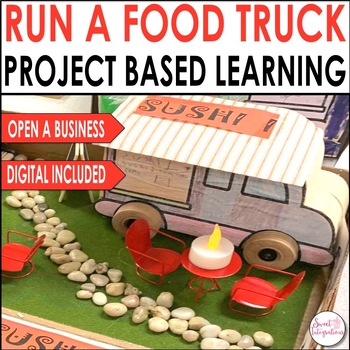
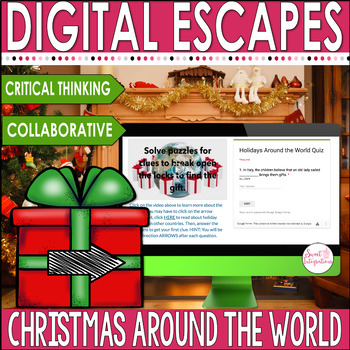

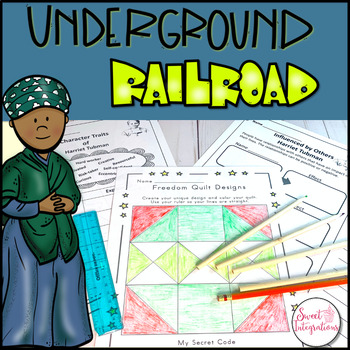

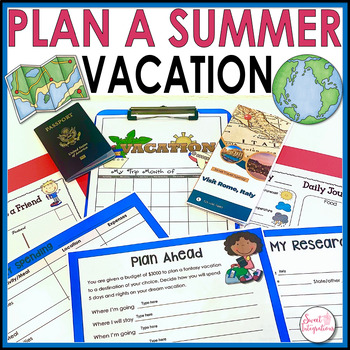
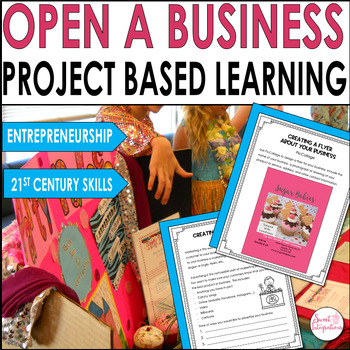


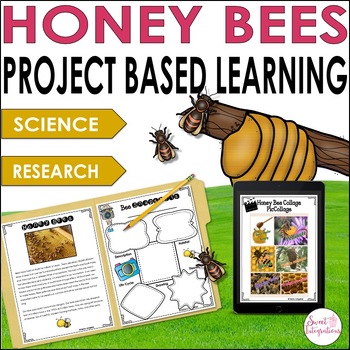



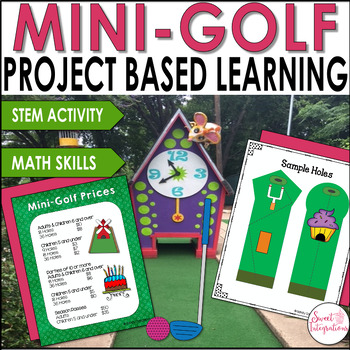
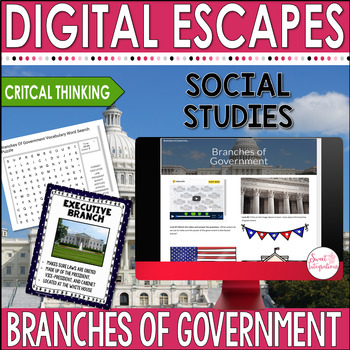

No comments